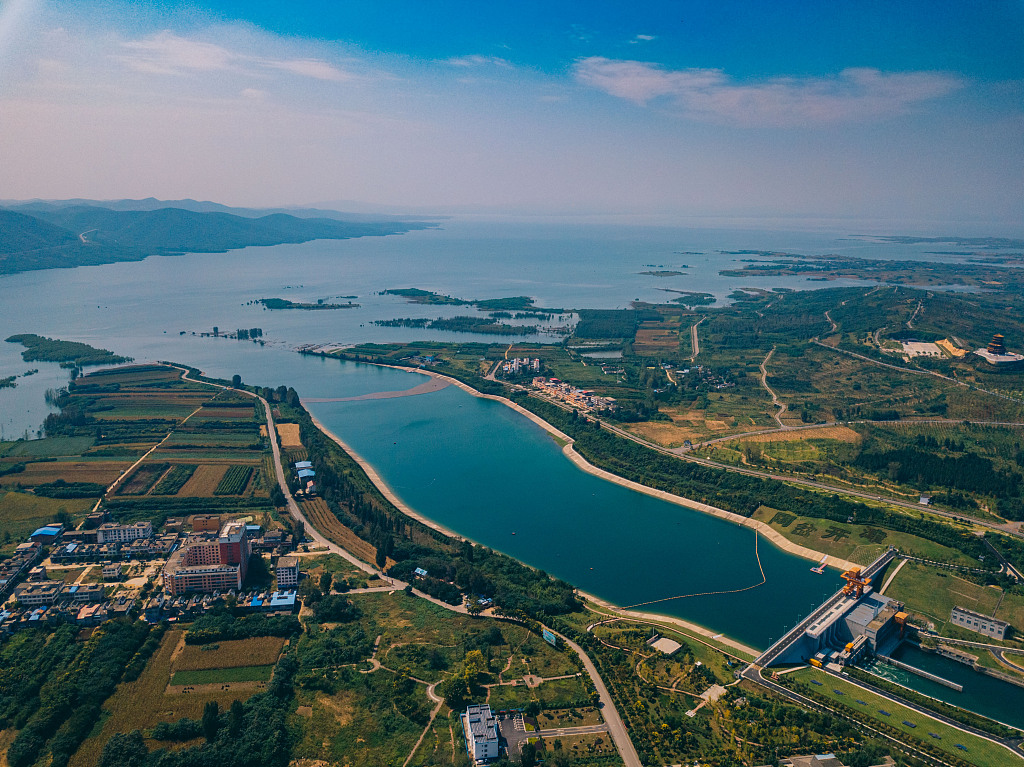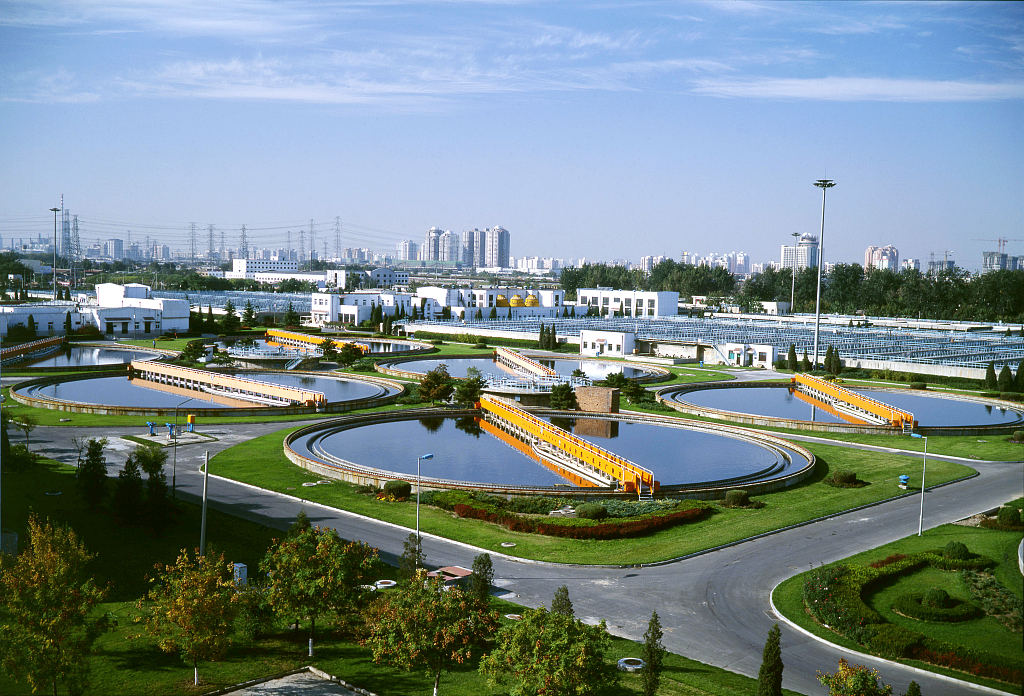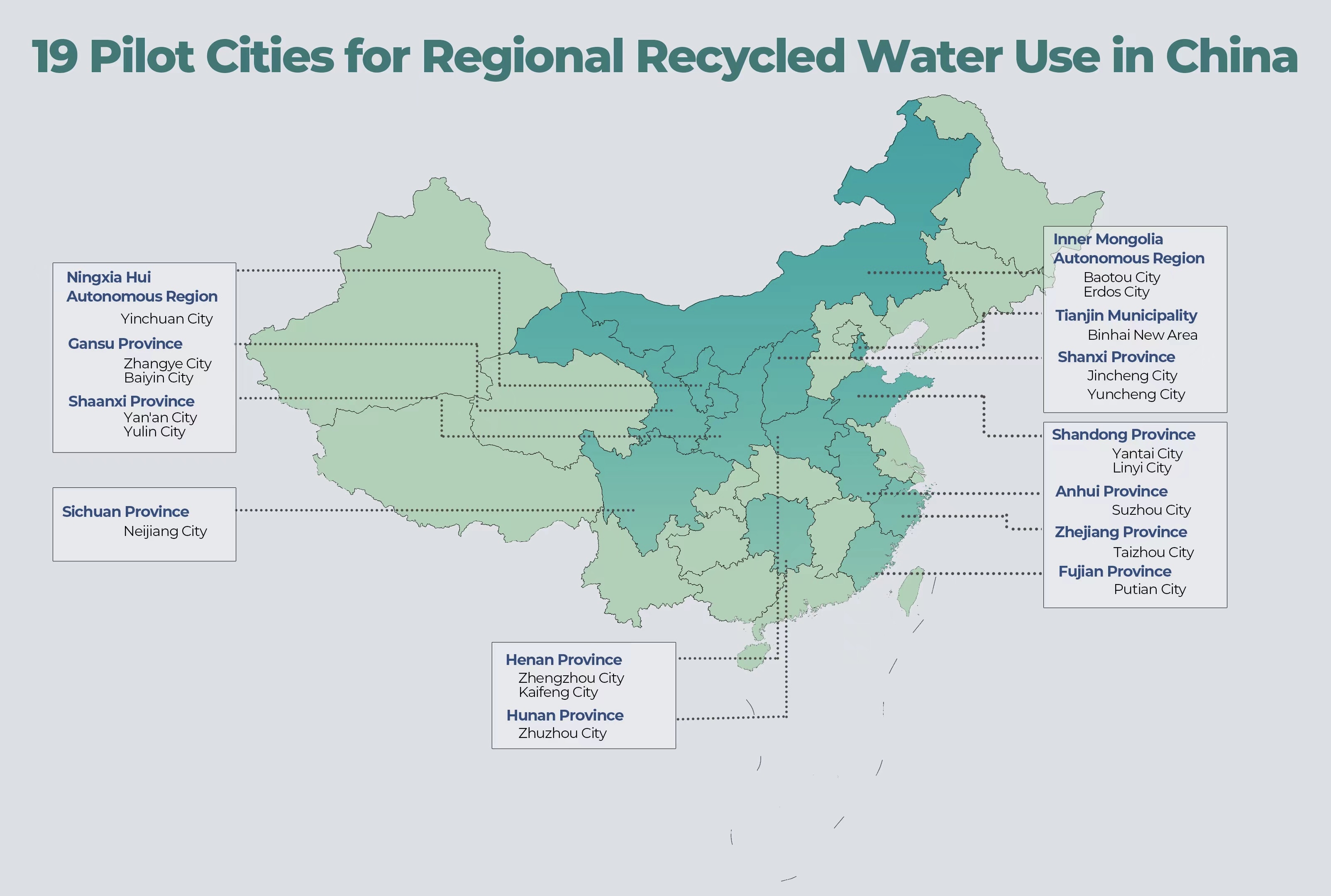China is rich of water resources overall, with an amount of 2.96 trillion cubic meters in 2021. However, that amount is scarce once distributed to 1.41 billion people. Uneven distribution of water resources both spatially and temporally, more and more severe droughts and floods impacted by climate change, and water pollution all exacerbate the water scarcity problem in China.
Apart from major water conservancy projects, the utilization of unconventional water resources like recycled water and desalinated seawater is an emerging opportunity to ease water stress in China, said Zhao Yong, the vice president of the Department of Water Resources at China Institute of Water Resources and Hydropower Research (IWHR).
In 2022, the total amount of unconventional water resources used in China reached 17.5 billion cubic meters, with an increase of 4.7 billion cubic meters compared to 2020, according to the Ministry of Water Resources. In some Chinese cities, unconventional water resources are playing a more and more important role.

The starting point of the central route of South-to-North Water Diversion Project in China. /CFP
The starting point of the central route of South-to-North Water Diversion Project in China. /CFP
Recycled water
You might be familiar with recycled papers, plastics and metals, but do you know that water is also recyclable?
Recycled water or reclaimed water refers to wastewater or rainwater that meets certain quality standards and is ready for reuse after treatment.
Israel is well-known for its water recycling, and nearly 90 percent of the country's wastewater is recycled. Singapore built the Four National Taps from four water sources, one of them being the high-grade reclaimed water called NEWater. There is even a beer made using NEWater, named NEWBrew, sold in Singapore.
In China, the recycled water consumption in cities is estimated to be 16.1 billion cubic meters in 2021, according to the Ministry of Housing and Urban-Rural Development.

A sewage treatment plant in Beijing. /CFP
A sewage treatment plant in Beijing. /CFP
"The amount of recycled water being used is strongly correlated with the region's water shortage level and economic development level. At present, the water-stressed Beijing-Tianjin-Hebei Region has a higher utilization rate of recycled water. In 2021, the amount of recycled water used in Beijing reached 1.2 billion cubic meters, accounting for nearly one-third of the city's total water consumption," said Zhao.
Zhao pointed out that recycled water in China is mainly used for artificial ecological water replenishment and urban miscellaneous uses. Only a small amount of them is used for industrial production, agricultural irrigation and households. Although the quality of treated recycled water can now reach the national standard of drinking water, it's against current laws and regulations to use recycled water for drinking in China.
In March 2023, the first batch of 19 pilot cities for regional recycled water use in China was nailed down. The 19 pilot cities are mainly distributed in water-stressed regions like Beijing-Tianjin-Hebei Region and the Yellow River basin. The project will strengthen the management of sewage treatment plants, build artificial wetlands to further purify the recycled water, and improve the utilization rate of local recycled water.

19 pilot cities for regional recycled water use in China. /CGTN Graphic
19 pilot cities for regional recycled water use in China. /CGTN Graphic
Desalinated seawater
The principle of desalination is easy, as you might learn it in a high school chemistry class, but it's much harder to build efficient large-scale desalination projects.
According to the 2021 National Seawater Utilization Report, there were 144 desalination projects in China by the end of 2021, mainly distributed in water-stressed coastal areas and islands. The amount of desalinated seawater being used reached 1.2 billion cubic meters, accounting for 0.2 percent of the national water consumption.
Unlike the recycled water, desalinated seawater is primarily used in industries with a high demand for water, such as the electric power and petrochemical industries. "It's also drinkable. In Qingdao City, east China's Shandong Province, desalinated seawater has entered the municipal water supply since 2015. The water supply can reach 30,000 tonnes per day in the summer peak season," said Zhao.

Compared with the huge demand for water, the scale of desalination projects in China is still relatively small. Zhao analyzed two reasons behind the mismatch. First, the cost restricts the large-scale application of desalinated seawater. At present, the cost of desalinated seawater is four to seven yuan per tonne, which is still higher than that of tap water in most cities. Second, the desalination projects are restricted to coastal regions. Inland regions need long-distance pipelines to transfer desalinated seawater, adding more cost.
Despite all these challenges, the development and utilization of unconventional water resources in China and across the world are gaining more recognition. They will become a crucial force to narrow the water demand-supply gap in the future.
For more:
Shared by Nature: Working together for a water-secure world for all
(Cover image via CFP; graphic designed by CGTN's Li Yueyun.)
(If you want to contribute and have specific expertise, please contact us at nature@cgtn.com.)